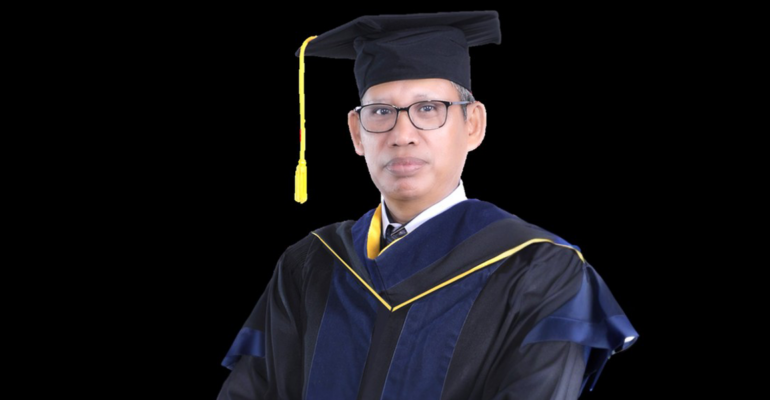Prof Suwarto: Prima-Cassava is the Solution to Increase the Competitiveness and Sustainability of National Cassava

IPB University Professor from the Faculty of Agriculture, Prof Suwarto, said that IPB Prima-Cassava could be a solution to increase the competitiveness and sustainability of national cassava. He expressed this at the Professor’s Pre-Scientific Oration Press Conference via zoom (23/11).
Prof Suwarto said that cassava is a commodity that has strategic value and can play a role in supporting economic growth. He said that the world and Indonesia were faced with challenges in meeting increasing food and energy needs.
“The issue of food crisis and mass hunger is the main focus in the G20 Sustainable Development Goals (SDGs) in Bali 2022 related to climate change. “Cassava is being cultivated by at least 105 tropical countries as a source of carbohydrates for food, feed, energy and industry in the future,” he said.
The Professor at the Faculty of Agriculture, IPB University, continued that each part of the cassava plant contains the macro nutrients nitrogen (N), phosphorus (P) and potassium (K). These nutrients are transported from the land along with the biomass transported at harvest.
“The more biomass is transported, the more nutrients are lost from the land. “If there is not enough return, there will be depletion of soil nutrients or a negative nutrient balance, so cassava has the connotation of taking care of the soil,” he said.
Prof Suwarto, further said that taking the cassava harvest by carrying 40 tons of tubers per hectare gave positive results on the availability of N, P and K nutrients. On the other hand, if the entire plant biomass was transported, the results would be detrimental, especially on the availability of N and K nutrients.
“However, an approach that combines harvesting 40 tons of tubers with taking home 60 percent of the stem biomass for use as seeds produces a positive N, P and K nutritional balance,” he explained.
According to Prof Suwarto, the implementation of Good Agricultural Practices (GAP) together with biomass recovery plays a key role in increasing land fertility. These efforts also ensure the sustainability of national cassava production.
“Implementation of this technology, which is integrated into the IPB Prima-Cassava cassava cultivation standard operating procedure (SOP), brought an increase in income of 20 percent in the first year. “In fact, it reached 54 percent in the following year when compared to the use of conventional technology or IDR 13,675,000 per hectare per season,” he said. (dr/Rz) (IAAS/YMK)



